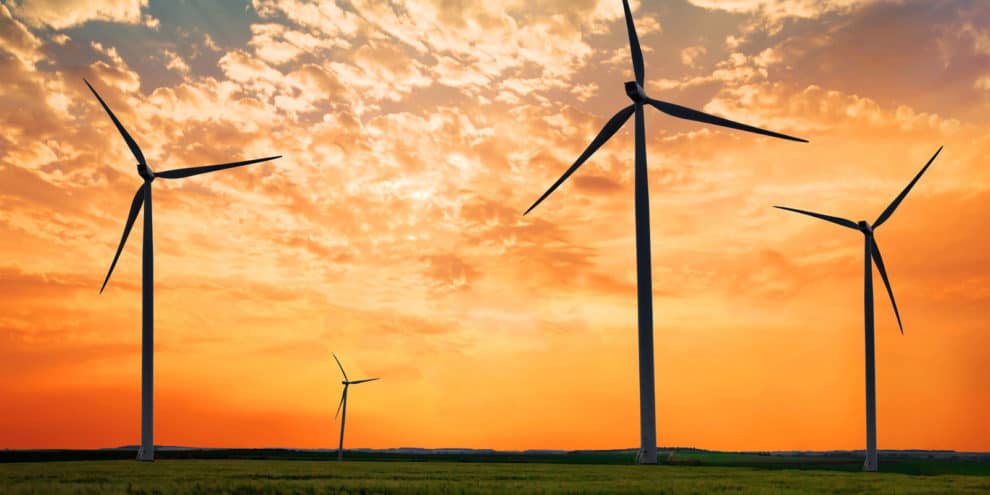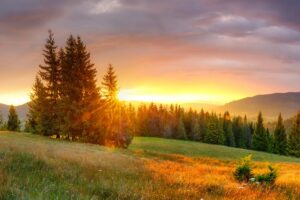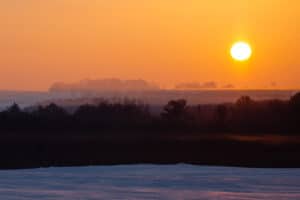For many current and future landowners, the potential benefits of wind farming can be very appealing. Before you bet the farm on it, though, you should be aware that not every property is suitable for a wind turbine.
For a piece of land to be a viable for large scale wind turbine installation, it will need to meet several requirements. First, you need a large parcel of land, with sufficient distance from any homes. You’ll also need to be able to provide space for access roads to allow the turbines to be constructed and serviced, and you’ll need to have a connection to the electricity grid. Of course, since the goal is to generate wind energy, you’ll need a certain amount of wind flow. To be successful, a wind turbine will typically require average wind speeds of six meters per second.
Turbines can require 25-40 acres of land, however only a very small percentage of this area will actually be taken up by the turbine. This means that you can continue to develop other farming operations on your remaining property. You can rest assured that livestock on your property will not be harmed by turbines, and some research even suggests that turbines could be helpful for certain crops in some cases.
If you decide you want to lease your land for wind farming, a wind developer will typically take full responsibility for testing the best places to position a windmill on the land, constructing any turbines or other infrastructure, managing the full productive life cycle of the project, and decommissioning it at the end. This means there is essentially no risk or financial burden for landowners. In fact, even if it’s determined that your land is not well-suited for windmills, signing a wind lease could still provide significant long term financial benefits, and you’ll be compensated for the initial feasibility testing phase at the very least.
If you’re considering purchasing land for sale with the intention of using it for wind farming, you should, at a minimum, make sure that your property is sufficiently large, accessible and connected to the electrical grid. With those factors in place, a wind developer will likely be interested in testing your property to determine the feasibility of one or potentially multiple turbines. If successful, wind farming could result in considerable passive income generating power for 20 years or more, making your land more productive, without preventing you from pursuing farming or other projects. Not to mention the fact that you’ll be contributing to a clean energy economy for your community!
Written by Susy Bento, Marketing Specialist at Alcen Renewable in California. Alcen Renewable builds utility scale and commercial renewable energy projects.
This content may not be used or reproduced in any manner whatsoever, in part or in whole, without written permission of LANDTHINK. Use of this content without permission is a violation of federal copyright law. The articles, posts, comments, opinions and information provided by LANDTHINK are for informational and research purposes only and DOES NOT substitute or coincide with the advice of an attorney, accountant, real estate broker or any other licensed real estate professional. LANDTHINK strongly advises visitors and readers to seek their own professional guidance and advice related to buying, investing in or selling real estate.










Add Comment